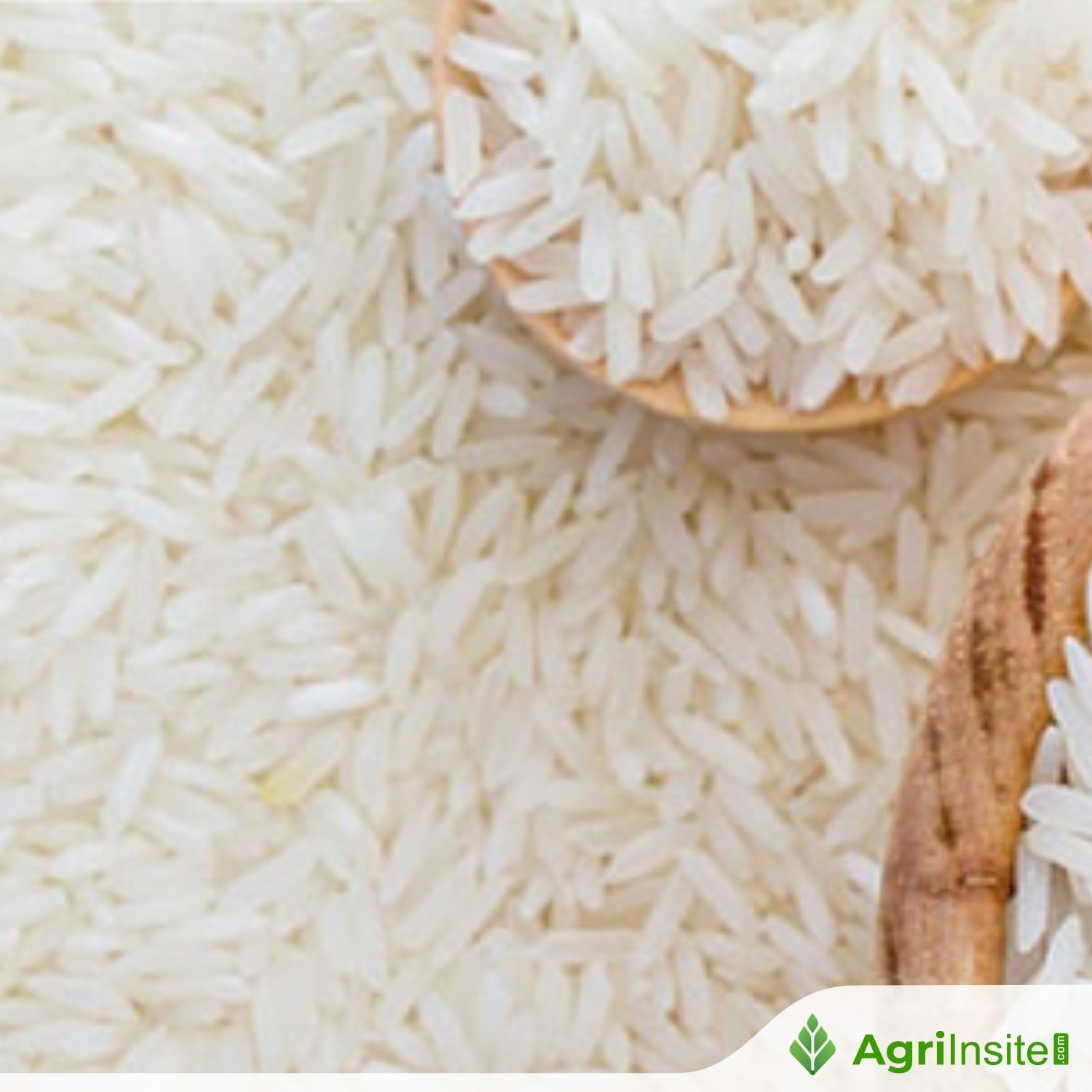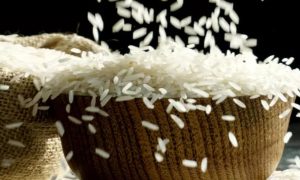Japan Agriculture Minister Calls Rice Distribution ‘Black Box’; Complex Structure Said to Raise Prices, Cause Delays

Japan’s agriculture minister has called for reform of the country’s rice distribution system—criticized as opaque and inefficient—amid rising prices and ongoing shortages. Described as a “black box,” the system involves multiple intermediary layers, each adding costs. A new government survey will assess sales and inventories across 70,000 businesses to improve transparency and identify bottlenecks in the supply chain.
A complex distribution system considered unique to Japan’s rice industry has been pointed to as a cause of the shortage of rice and high prices of the grain in the nation. Agriculture, Forestry and Fisheries Minister Shinjiro Koizumi has described the distribution system as a “black box” due to its complicated and multilayered nature and has finally started efforts to shed greater light on, and improve, how rice gets from the fields to the dining table. However, it remains uncertain whether this will help alleviate public discontent over the rice shortage.
Koizumi met and exchanged views with rice farmers and other people involved in the agricultural sector in Fukushima Prefecture on Sunday.
“The rice distribution system is complex compared with that for other products,” Koizumi said. “It’s true that there are some invisible elements in the distribution structure.”
Rice grown in paddies and harvested by farmers is accumulated as unpolished rice by collection agents such as Japan Agriculture Cooperatives (JA). The rice is then delivered to wholesalers and, after being polished by specialized machines, it is shipped to supermarkets and other retailers, where consumers can buy the staple.
Wholesalers are also known as “intermediaries.” The roles of these middlemen include polishing, bagging and delivering rice. Rice may through several wholesalers before reaching retailers in some cases, with fees charged for each step along the process. Some observers believe these costs are being passed on to consumers through the final price paid in stores.
In late May, Pan Pacific International Holdings Corp., which operates the Don Quijote chain of discount stores, issued a position document that argued rice distribution was a multilayered structure in which five tiers of wholesalers and other intermediaries existed. The document claimed that compared with the first-tier wholesalers who deal directly with JA, which collects the rice, the barriers to entering the market are lower for second-, third and other-tier wholesalers. When the rice supply-demand balance is disrupted, as during the latest shortage, operators across the spectrum prioritize making profits rather than cooperating to ensure the smooth distribution of rice, according to the document.
Since March, the government has released about 310,000 tons of stockpiled rice to the market through general competitive bidding in an effort to stabilize rice prices. However, only about 118,000 tons had been passed to wholesalers as of late May. Just 64,000 tons had reached retailers, restaurants and other food-related businesses. Much of this rice apparently had been held up at collection agents and wholesalers for reasons including limited capacity to polish rice.
By contrast, stockpiled rice sold through no-bid contracts starting in late May had been polished and was on store shelves at the end of the month, about a week after the government began releasing this rice. Handing rice directly to retailers, and skipping both JA and wholesalers on the way, led to the grain’s rapid distribution.
Wholesalers fend off blame
Wholesalers have fired back at claims that they are a major factor behind soaring rice prices.
In a statement issued on June 11, Yoshihiko Kamata, president of major Tokyo-based wholesaler Kitoku Shinryo Co., said, “It is totally untrue that we have inflated the market price or impeded distribution by buying up or holding back rice.”
According to sources, it is generally customary for retailers to purchase rice from a first-tier wholesaler. The involvement of second- and third-tier wholesalers is reportedly limited to exceptional cases in which business deals are done with remote shops or the trading of brand-name rice with low distribution volumes.
“There are instances of rice lending between production areas, but I’ve never heard of a ‘fifth-tier’ wholesaler,” one wholesaler said with a puzzled look.
Koizumi announced Tuesday a plan to survey about 70,000 businesses across Japan that collect, wholesale and sell rice to determine the status of their sales and inventory. This will be the first such survey to be conducted, and it aims to determine the causes of high rice prices by shedding light on distribution channels.
“In the past, there have been instances in which selling rice cheaply took a toll on farmers and wholesalers,” said Shunsuke Orikasa, a chief researcher at the Distribution Economics Institute of Japan. “The government needs to accurately grasp what is happening and clarify what steps it will take in the future.”
To Read more about Rice News continue reading Agriinsite.com
Source : The Japan News














